How to choose the right medium SUV: your complete guide
There are so many medium SUV models in this ultra-popular segment, it's virtually impossible to sift through them all. Here's how you make a shortlist that won't leave you making a $50,000+ mistake...
There are more than 40 medium SUVs currently on sale in Australia and you are going to struggle naming 10 of them, let alone deciding which ones to buy, and very importantly, which to ditch.
You’re swimming in choice, but do you have what it takes to paddle against the current in order to build a shortlist? This is potentially a $50,000-plus mistake if you land on the wrong one, or simply miss the best-value option entirely.
Let’s get this right, from the beginning by quickly laying out why medium SUVs are so popular - so that you’re an informed consumer who can understand why these vehicles are in such high demand.
The reason medium SUVs are a big deal is because big five-seat sedans are dead in the new car market. Toyota Camry, Hyundai Sonata, Ford Mondeo, Volkswagen Passat, Kia Optima - they’re all nowhere, commercially. Sales have tanked over the last decade, and the nail in that coffin was the collapse of Australia vehicle manufacturing.
These ‘medium’ SUVs like Hyundai Tucson, Kia Sportage, Subaru Forester, Mitsubishi Outlander, Mazda CX-5 and Toyota RAV4 - these are the vehicles that really matter to car brands, their dealer networks, their spare parts inventories and their customer support. So that’s where all the resources have gone.
But there are 22 mainstream midsize SUVs costing under (or close to) the $60K threshold, before the 20 premium models which cost over the $60K bracket.
WHY MAKE A MEDIUM SUV SHORTLIST?
The biggest problem today for you as a consumer, is finding the time to do the research. Are you really going to test drive 22 medium SUVs? You’re more likely working, planning holidays, getting your kids to/from school, making lunches, keeping house, running the business - ticking those life boxes.
You’re most likely to talk to friends, colleagues, family and take notice of what the other mums and dads are driving, and you’ll undoubtedly consult the internet and YouTube car reviews to help influence your decision - including AutoExpert. But you’re not really going to research all 22 mainstream medium SUVs, are you?
That’s 5.5 hours if you watch one 15-minute review on each model. If you watch 2 x 20-minute reviews on 5 vehicles, that’s over 3 hours. And that doesn’t guarantee the questions you have are going to be answered, and 80 per cent of those videos are going to be the same repetitive talking points.
Just in case you’re super keen, here are all 22 medium SUVs to research:
Honda CR-V & ZR-V
Hyundai Tucson
Jeep Cherokee
Kia Sportage
Mazda CX-5
BYD Atto 3
Citroen C5 Aircross
CUPRA Formentor
Ford Escape
GWM Haval H6 (& GT)
Skoda Karoq
SsangYong Korando
Subaru Forester
Toyota RAV4
Volkswagen Tiguan
MG HS
Mitsubishi Outlander
Nissan X-TRAIL
Peugeot 3008 & 5008
Renault Koleos
Got all that? There’s got to be a quicker way, right?
Unfortunately, most people do not approach this list - or the choice - rationally. They ask family and friends who offer their own anecdotal advice, which is dripping with confirmation bias. Now, asking people you know about their experience is not inherently a bad idea, but taking it as gospel is. It’s best to consider what they’ve said on balance, particularly if they’ve had poor experiences dealing with the brand or their dealerships in either the showroom or especially the service department.
Then people will watch car reviews from mainstream motoring media, which relies on advertising revenue from, and commercial relationships with, these brands. Often, car reviewers have zero technical expertise, which is why the motoring media publishes bullshit like this >> regarding cars, emissions and climate action.
So the best these media outlets can offer in terms of quality, is a run-through of all their favourite features - which are exactly the same as every other vehicle, more or less. But rarely do they cover anything even mildly critical or technical or informative. If they do, it’s carefully scripted in a neutral or upbeat tone, and often lacking context. They’ll brag about big towing capacity, but have no idea about the resulting limited payload or miniscule towball weight limits.
These media outlets are not the best way to approach buying the right new car. You need to know the most pertinent facts about your key vehicles of interest regardless of whether they’re positive or negative. You need to know how this vehicle will or won’t function for you. You need to know the pitfalls, the traps and the dodgy dealers.
But there’s one more thing you need even more here: good brands. Making a shortlist of the good brands to deal with kickstarts the process very quickly and you’re significantly reducing the risk of making that $50K mistake.
QUICK TIPS FOR NEW CAR SHOPPING
Firstly, this process is not about the road test. Comparing on apples-for-apples criteria, like a petrol auto for $45k, or similar, they all drive about the same. They’ve all got about the same features.
Secondly, the brochures, the websites - they’ll always give you 1000 reasons why their car is the best, and ZERO reasons why you should perhaps buy something else. You’ll notice this happens in those aforementioned car reviews, too. A million reasons to buy now, but they’ll never say, “Don’t buy! It’s a lemon.” Or even: “But the Mazda has a space saver spare and Kia has a longer warranty”.
And thirdly, don’t take the word of your friends and family as hard fact on why their new SUV model is exactly what you should buy - they’re hardly going to admit they made a $50K mistake. You’ll never get a balanced and considered analysis from mates, girlfriends of mates, work colleagues, your parents, or siblings. You’ll only get their emphatically personal experience based on their subjective motivations, and the sample size is just one unit... It’s hardly objective.
The easiest, smartest and simplest way to buy any new car is by a process of elimination: triage. Let’s do that now based on these criteria:
Commercial criteria: Does the brand have ‘critical mass’ (10,000+ sales monthly) and long-term market growth? There’s always the substantial risk a low-volume brand could leave the market altogether. Established brands with sales that are dropping substantially are likely to be cutting costs, at importer and dealer levels - this is not good for you, because one of those costs is the expensive customer support.
Reliability & consumer support: Does the brand enjoy (at the very least) a decent aftersales customer care reputation? Do they (again, at the very least) acknowledge Australian Consumer Law as the bare minimum level of product support? Brands that routinely leave their customers (like you) picking up the tab, or refusing to help, or extorting you for more lucrative parts - they get the chop.
New brands with, essentially, no track record: A questionable ability to financially support consumers with problems, any uncertain long-term commercial future selling and supporting vehicles sold in-market, the unknown levels of product reliability and technical aftersales support, including parts inventory - these are all red flags.
Resale value is also likely to be low in this aspect too, and this can really upset the applecart financially - a the end of your ownership term. You don’t really need to be a lab rat in a mad experiment about the viability of a little-known fledgeling brand.
So, by filtering the 22 available medium SUVs under $60k through these criteria, here are the cars we eliminate:
Group 1
BYD Atto 3
Citroen C5 Aircross
CUPRA Formentor
Peugeot 3008 and 5008
SsangYong Korando
GWM Haval H6 (& GT)
Why? No track record, and no commercial critical mass.
Group 2
Ford Escape
Honda CR-V
Jeep Cherokee
Nissan X-TRAIL
Renault Koleos
Skoda Karoq
Volkswagen Golf Alltrack & Tiguan
Why? Renowned for terrible customer service and poor reliability, many also with recent significant declines in sales and popularity.
Just like that, you’ve whittled down to seven far more viable propositions, cutting out 15 potential cancers in your life. That’s 68 per cent of the objectively worse options sidelined - and the process was simple. Bonus points for being based on facts.
You need to eliminate the dud brands - you do not want them living under your roof. Kind of like choosing your life partner, only the carmaker becomes your in-laws. You want good in-laws, right? Let’s find you some next…
BRANDS YOU’D RATHER BE STUCK WITH
You’re now left with a shortlist you can live with:
Hyundai Tucson: Click here for more >>
Kia Sportage: Click here for more >>
Mazda CX-5: Click here for more >>
MG HS: Click here for more >>
Mitsubishi Outlander: Click here for more >>
Subaru Forester: Click here for more >>
Toyota RAV4: Click here for more >>
Let’s look at the good and bad of each vehicle, leaving you with a far more balanced assessment - allowing you to make an informed choice. And you can click on each vehicle to read more in-depth reports on each vehicle as it pleases you.
Hyundai Tucson and Kia Sportage
They’re the same basic vehicle underneath, but that’s a good thing: they’re both equally good. Very reliable, affordable, very nice to drive.
No hybrids in the range (yet), but that’s okay because the diesel is the pick, in terms of fuel economy, overall smooth, grunty drive experience and diesel is about 20 per cent lower CO2 emission compared with petrol (facts matter). The 1.6 turbo-petrol with dual-clutch transmission is frugal, decent quality and spritely, but creeping in low-speed stop-start traffic should be avoided to minimise premature wear. (See that? That was a balanced criticism; doesn’t make it a bad vehicle, but it does inform you.)
Good light towing potential, high quality interior polish, spacious boots with full-size spare tyres under the floor. Kia is delayed in supplying them; Hyundai, not so much. Kia gets a seven-year warranty; Hyundai has a five-year warranty. Both are brands with excellent customer service reputations here in Australia, especially in the service department.
Read a more extensive Hyundai Tucson review & buyer’s guide >>
Click here for a greater detailed Kia Sportage review & buyer’s guide >> OR a specific Sportage powertrain analysis >> which also applies to Tucson.
Mazda CX-5
Mazda is in such a good place these days: their cars are fantastic quality and CX-5 has been insanely popular.
Good is the 2.5-litre petrol engine; even better is the turbo version, but the diesel’s reliability is questionable. A space-saver spare under the floor is a drawback, but if you live anywhere near a tyre shop, you’ll be fine. A proper epicyclic automatic transmission with the petrol engine beats the 1.6-turbo Hyundai/Kia dual-clutch transmission for low-speed stop-start traffic, but not as efficient for sportier driving. Arguably the best interior of the lot, in higher model grades - but it’s not the cheapest.
Definitely one of the more premium interiors among the mainstream medium SUVs, but there’s good value in the middle of the range. Towing is okay but limited due to low towball download capacity, but this likely wont affect most buyers in this category.
MZD Connect infotainment system takes adaptation, but reduces distraction once you do get it. No eyes-off-the-road as you furiously scroll through some big, clumsy touchscreen. Customer support is okay (improving, even), but not as good as Hyundai/Kia.
CX-5 likely has a replacement coming in the next year or two, so watch for runout bargains and read the full Mazda CX-5 review & buyer’s guide >>
MG HS
MG is the #7 carmaker in Australia today and represents value, primarily because an HS feels like a brand new previous-generation vehicle. Meaning, the build quality isn’t quite as polished as the Japanese or South Korean brands (Toyota, Mazda, Hyundai or Kia). But they’re coming up fast.
But MG has also shown commitment to the Aussie market, they’re offering a 7-year warranty, but it needs premium 95 unleaded, and gets a 10,000km service interval/12 months (whichever comes first). You’re still a bit of a lab rat, although there’s proper dealership-level investment in the brand, and a company-owned distributorship. So, should you buy an MG in Australia in 2024? >>
Unfortunately it’s got a space-saver spare (like the Mazda, but at least you’re getting a CX-5), it’s front-wheel drive only (sub-optimal in heavy rain or steep driveways) and the dual-clutch isn’t as refined as the Hyundai/Kia DCT. The driver assistance tech isn’t as developed as some competition, but the adaptive cruise is up there with the bigger brands.
Mitsubishi Outlander
A platform-share with Nissan X-Trail but don’t be mislead here. They might have the same 2.5 petrol + CVT powertrain, but Mitsubishi Australia (MMAL) is absolutely not Nissan Australia. Mitsubishi is far better at customer support and is not going down the gurgler commercially, unlike Nissan.
A PHEV version is available (but it’s expensive). The seven-seat option is for occasional use only, by children only - so don’t be mislead by reviews of grown adults climbing in and discrediting Outlander, because that’s rubbish. It’s fine for kids, as designed.
Outlander is at the bigger end of the medium SUVs, while the Eclipse Cross is a larger small SUV. You even get a 10yr warranty if you service at the dealer. And Mitsubishi’s customer support is up there with the best. Now you can avoid buying the X-TRAIL.
A space-saver spare is the bummer (they’re always speed limited to 80km/h, FYI), but at least there is a spare to get you to the nearest tyre shop. Also, Mitsubishi’s Super All-Wheel Control is a pretty capable soft-roading drivetrain system for moderate conditions, ranking very close to (if not as good as) the king: Subaru Forester…
Check out the Mitsubishi Outlander review & buyer’s guide >> or the Outlander Plug-in Hybrid right here >>
Subaru Forester
Toyota might be diluting the passion of the Subaru brand, but that only matters to the diehard enthusiasts. But Forester is actually a very decent quality, beautifully driving and highly capable midsize SUV.
Subaru is good at customer support, generally, and the symmetrical AWD is a big advantage in the regions because it’s a proper full-time system with very clever X-Mode for gnarlier terrain - but it stops short of being a fully capable 4X4, let’s be clear. It does get a full-sized spare tyre, however, which is a massive victory for you compared with the Outlander.
Find here the full Subaru Forester review & buyer’s guide >> OR you might also like to consider the equally capable (but now more exciting, turbocharged) Subaru Outback: review & buyer’s guide >> here…
Why Subaru Outback?
Well, it’s actually classified as a large SUV, but it’s strictly a five-seater, so we need to throw it in here as a wild card entry, because it’s got equipment that currently overshadows the Forester. And it’s as well as being smaller than most 7-seat large SUVs, it’s not much bigger than a Forester anyway; only where it matters to you, really - length.
The arrival of the turbocharged Outback has livened up Subaru’s SUVs, but let’s remember you’re shopping for a family SUV, not a rally car. As much fun as the turbo Outback XT actually is, it is also better if you need a vehicle happy with moderate towing.
Despite being a 5-seater Outback has the luggage space of a 7-seater without the dinkey seats adding 150kg of weight. Full-size spare also, good long-distance touring option, CVT is the best it’s ever been, good towing capacity (2000kg), built-in roof racks, intuitive radar cruise and auto-braking systems. The big portrait tablet screen is a love/hate thing.
Toyota RAV4
Toyota has its fans, certainly. But RAV4 is mediocre at best, and for many, that’s all some people want or need - which is perfectly okay.
Reliability is good (although not as good as Toyota claims). There’s a hybrid, but even it is a pretty mediocre hybrid because it doesn’t do much work due to the battery being very small. But RAV4 is popular, but mostly because Toyota sells a huge number to business and government fleets. There’s a space-saver spare, the bot size is pretty good and there’s lots of hard-wearing (even if a bit cheap) interior plastics on what is a somewhat overpriced vehicle range.
The all-wheel drive system is a reactive type of system called ‘on-demand’, which means it waits until the computer detects wheelspin before engaging the rear wheels. Until then, you’re paying a bit extra for a 2-wheel drive system that might someday use all four wheels to go forward. Decent build quality and a big dealer network, but Toyota’s customer service is average; eter than poor, not as good as its aforementioned rivals.
But, like most Toyotas, the resale value is quite high. See the full Toyota RAV review and buyer’s guide >>
I'll help you save thousands on a new medium SUV here
Just fill in this form. No more car dealership rip-offs. Greater transparency. Less stress.
CONCLUSION
I’m not going to tell you what vehicle to buy. But I am challenging you to choose your next vehicle (at least in part) rationally. Unlike the way you chose your wife/husband/dog, perhaps. This is not like ordering dinner at a restaurant.
If you land on a different vehicle - not one of my six/eight - that’s completely okay. Just explain to yourself, using a rational argument, why the vehicle you chose is better than the ones on my list.
Rational argument means: using facts. It’s a pretty old-school concept, I realise. But “it just looks cool” or “I like brand X” simply won’t cut it in the rationality domain - and it sets you up for an ownership disaster.
I don’t actually care what you buy. I’m just here to help you see the light because I see so many people getting this so fundamentally wrong and setting themselves up for failure.
This is a trend that doubtless will continue until the heat death of the universe, but just because this is a trend and so many people are doing it - that does not mean that you have to be one of them.


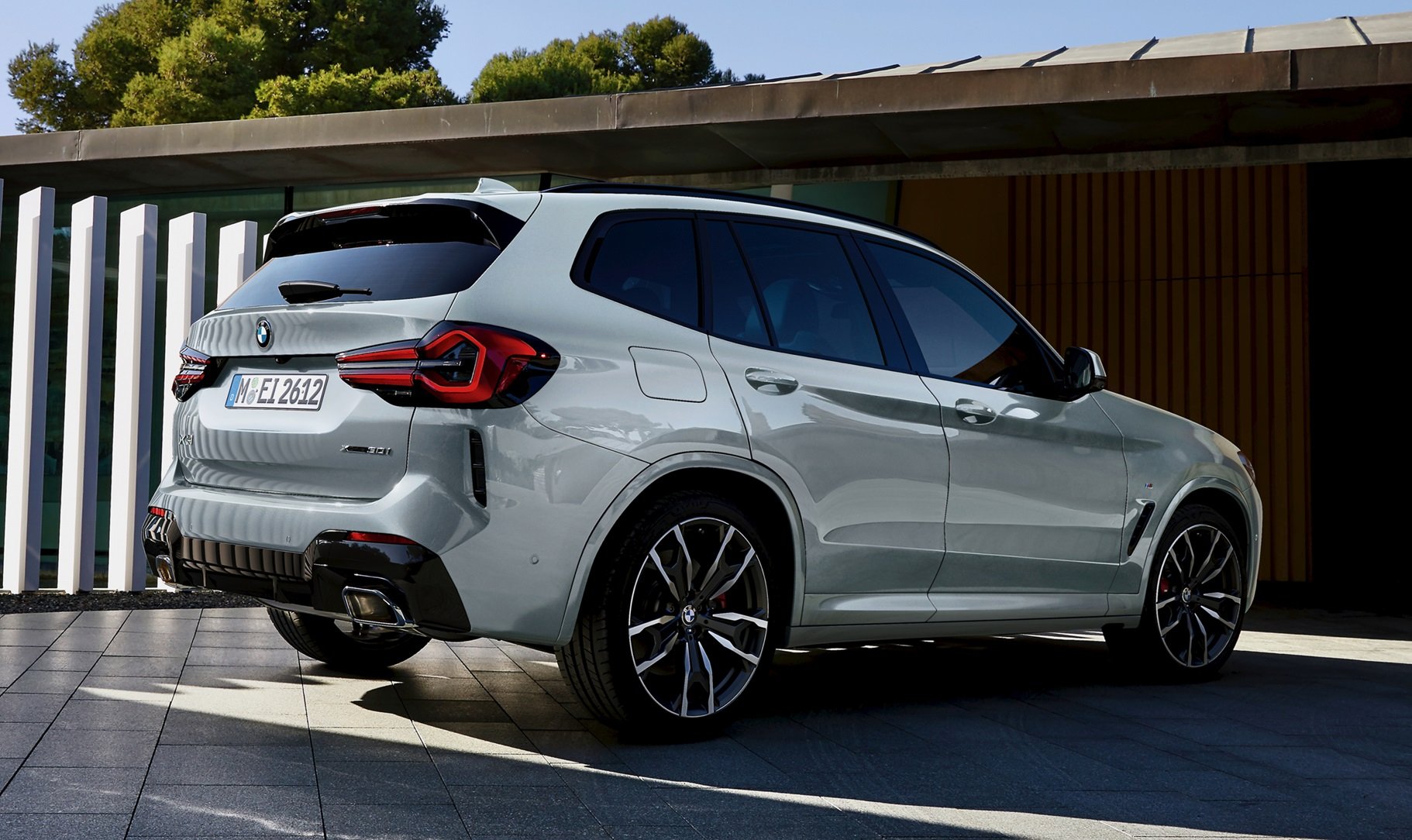

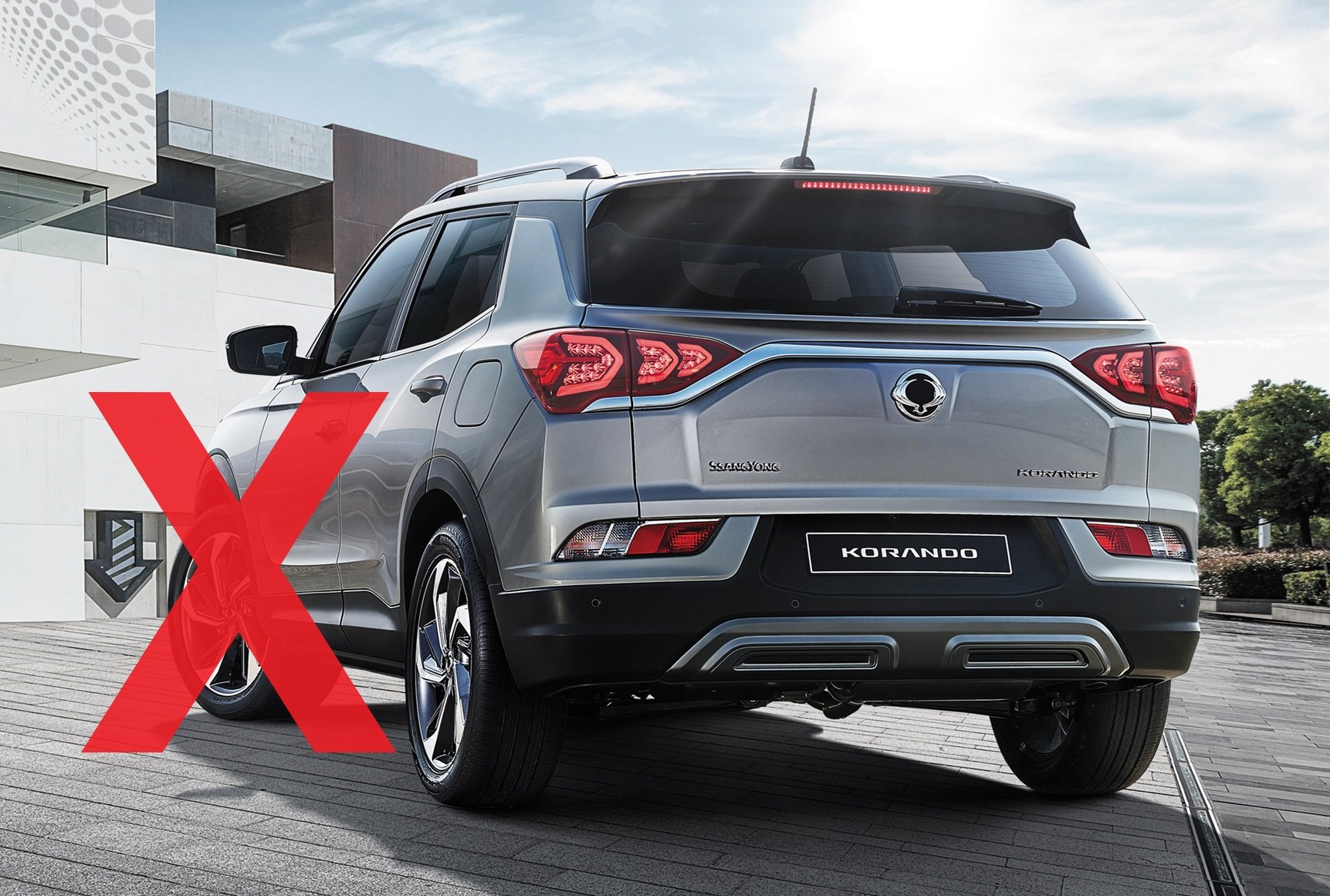

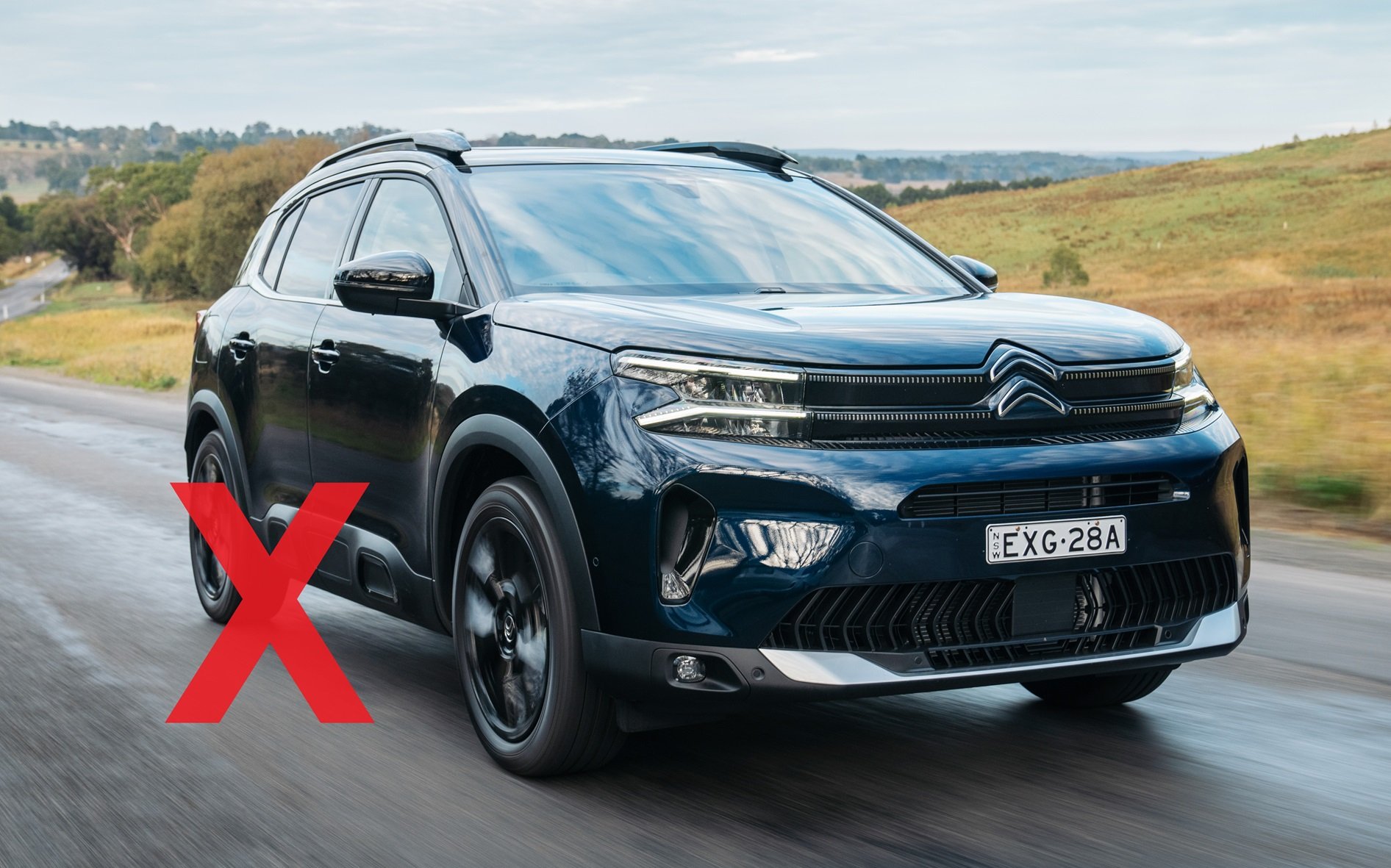
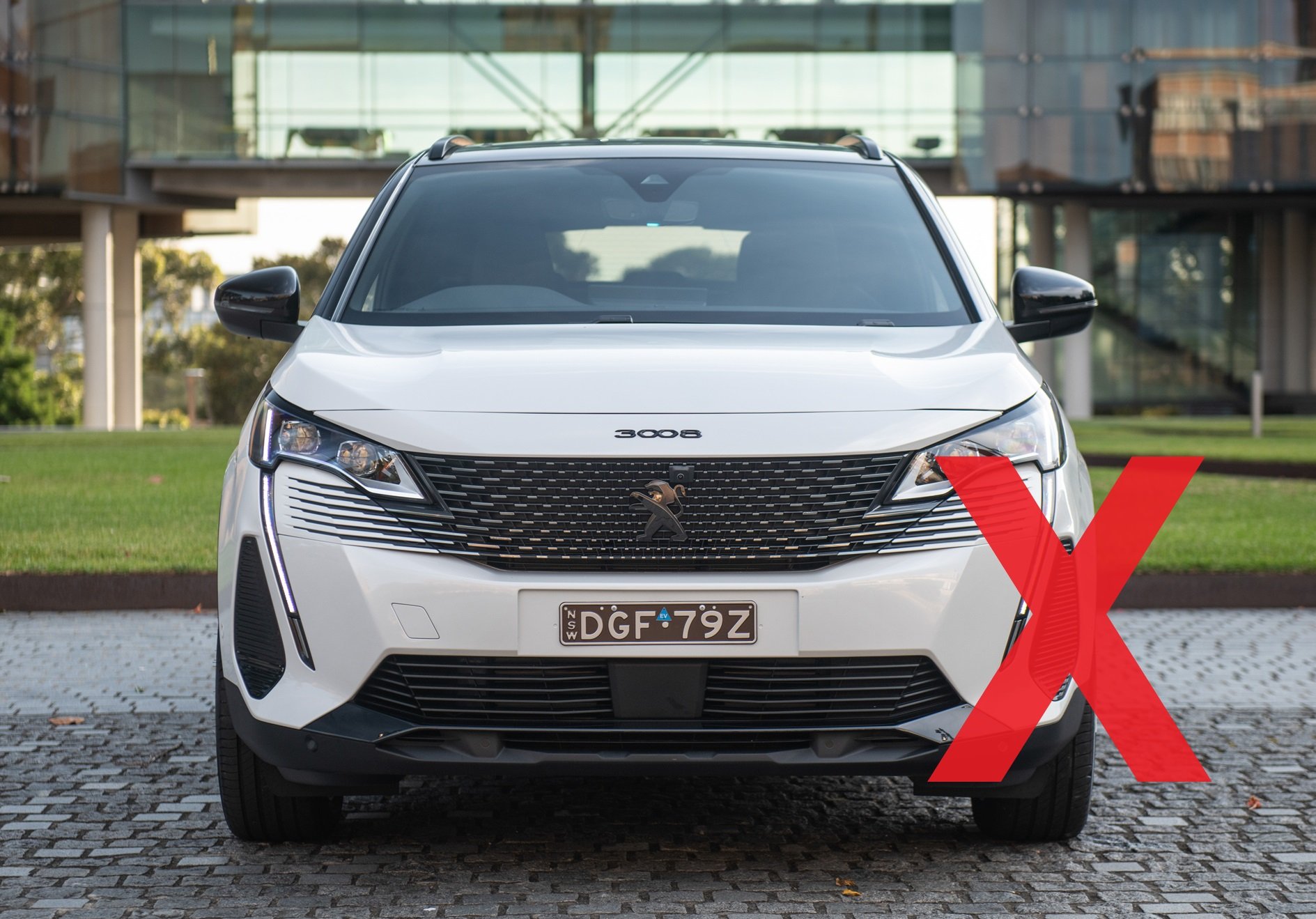
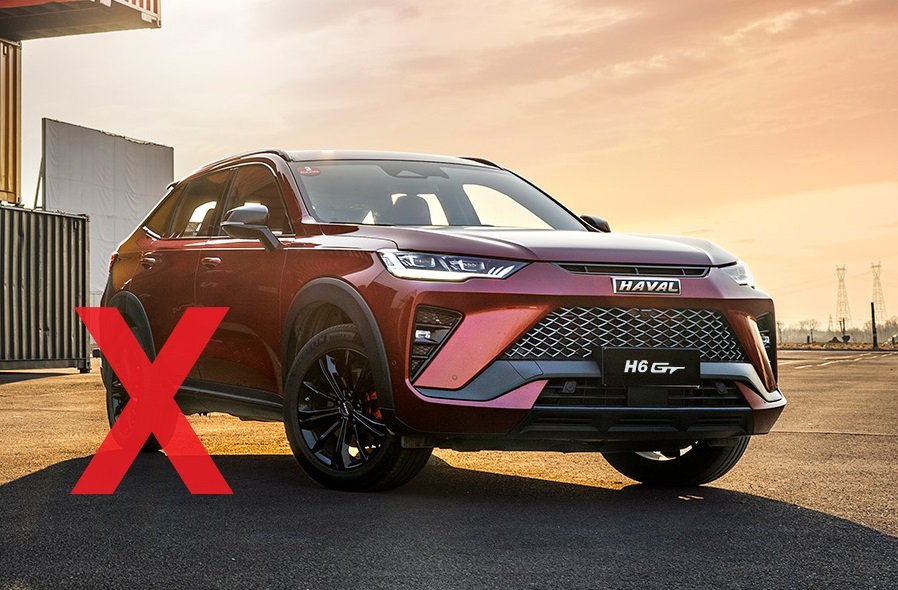







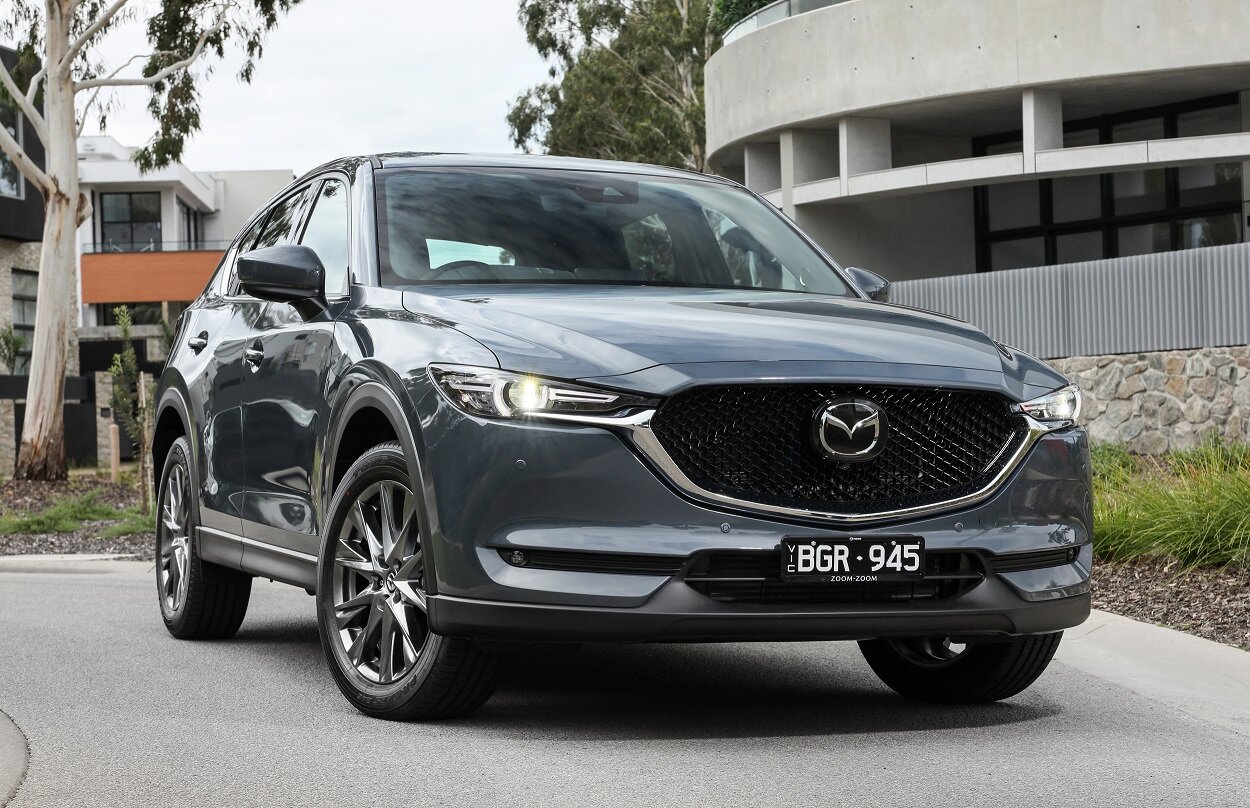


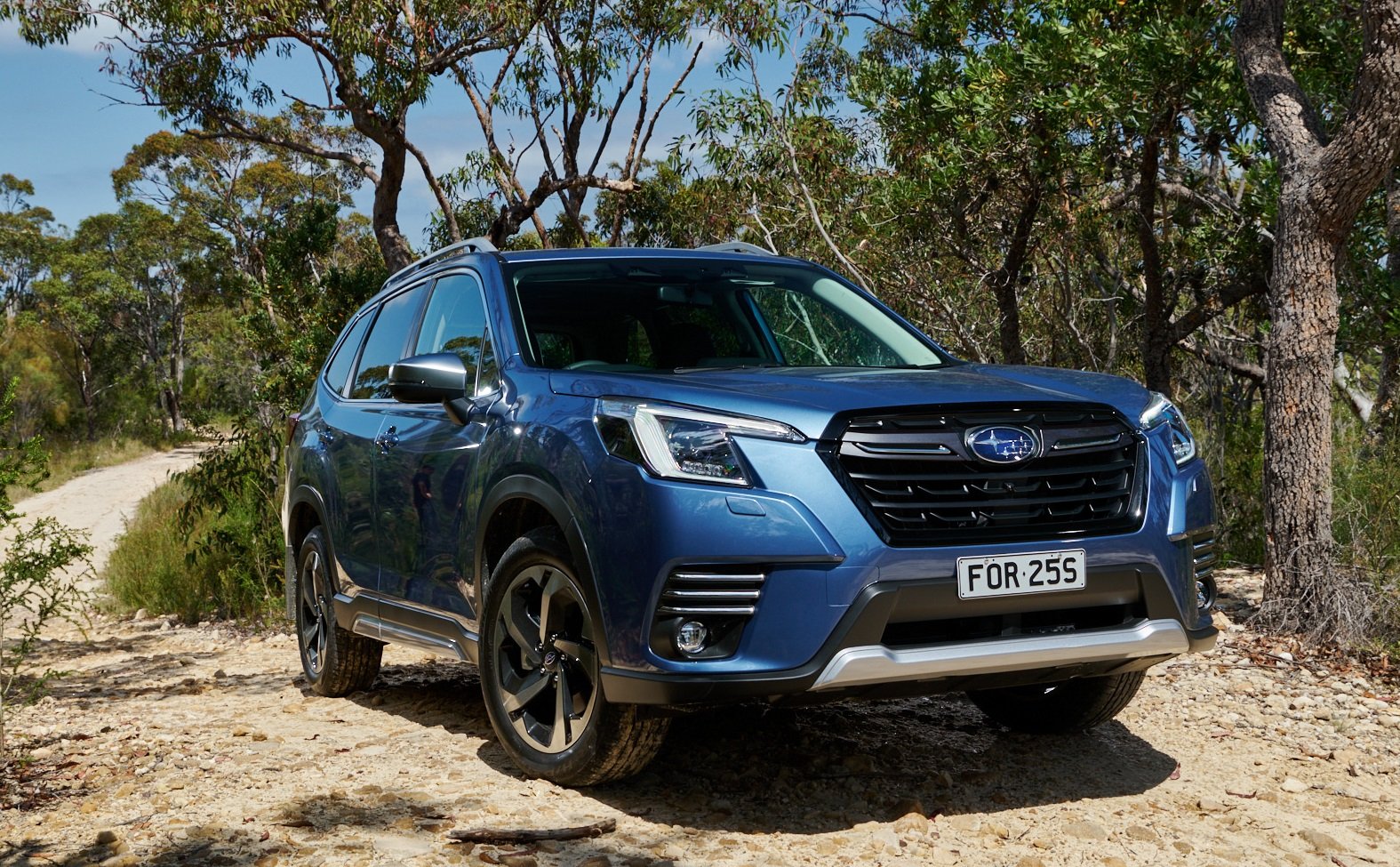













The Hyundai Palisade is a big, comfortable holiday machine for growing families and offers excellent value, generous 8-seat SUV space, and practicality on par with LandCruiser - but it’s $30K more affordable.